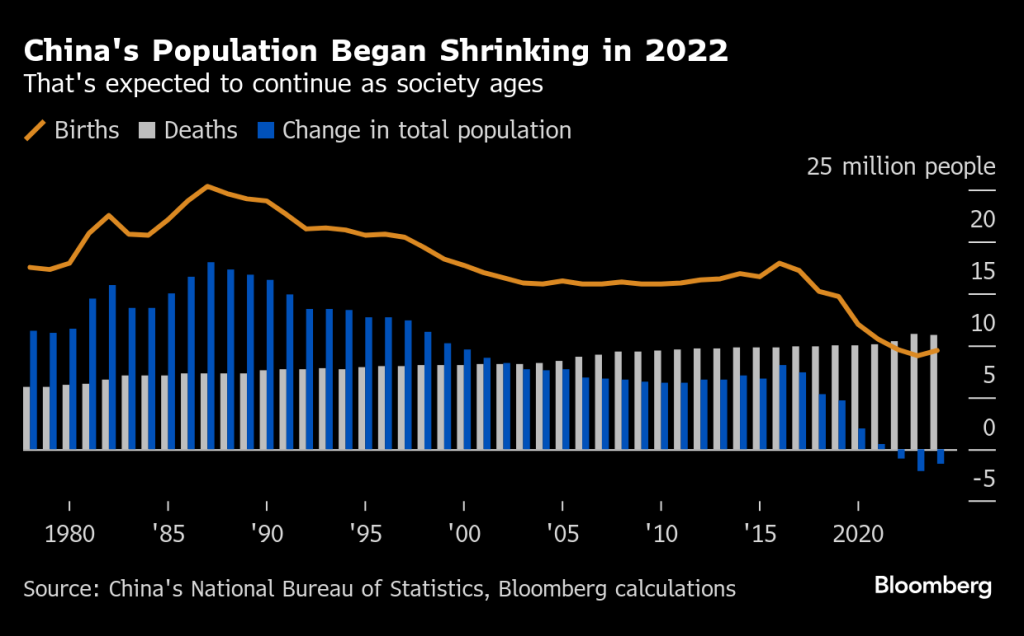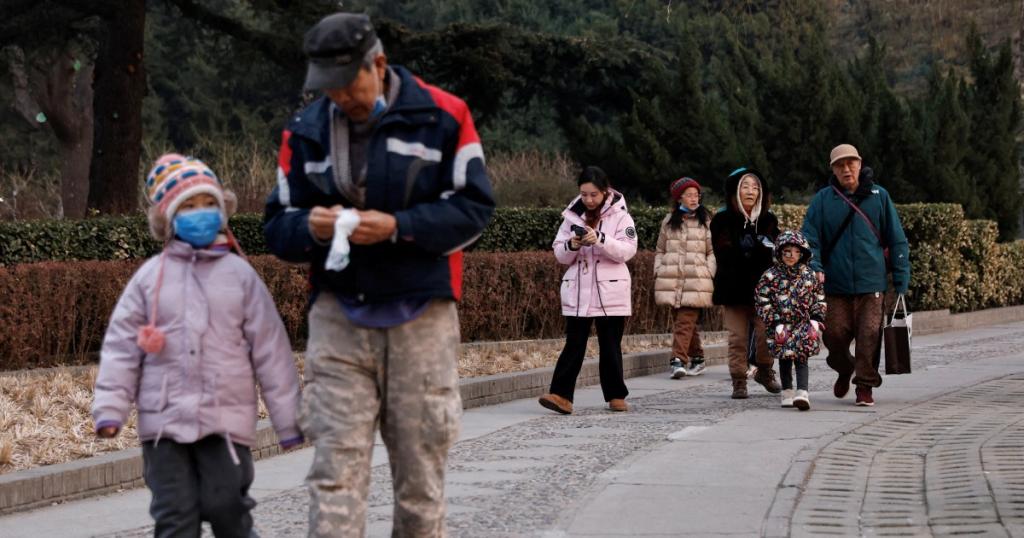China's Population Decline and Its Economic Impact Explained
Explore how China's declining population is reshaping its economy and society, and discover the government's attempts to reverse this critical trend.

Key Points
- China's population has declined for three consecutive years, with significant implications for economic growth and an aging workforce.
- Despite government incentives, the fertility rate remains critically low, as young adults face rising living costs and shifting priorities.
- Addressing the demographic crisis requires structural changes and supportive policies to encourage family growth and stabilize the economy.
In recent years, China has been at a demographic crossroads, as evidenced by the alarming trend of declining population numbers. According to reports from the
, China’s population has decreased for three consecutive years, culminating in a total of 1.408 billion by the end of 2024. This decline poses significant economic risks and reflects broader societal challenges.

The Numbers Tell a Story
The latest statistics reveal that China recorded 9.54 million births in 2024, merely a slight increase from the previous year. However, this number still falls short of the more than 10 million deaths registered, leading to a net decline of 1.39 million people. This demographic shift has profound implications, particularly when considering the country’s aging populace—over 22% of Chinese citizens are now 60 years old or older.

Societal Impacts and Economic Consequences
As the birth rate struggles to recover, young Chinese individuals face rising living costs, increased childcare expenses, and erratic economic conditions. Many young adults are deferring marriage and parenthood to prioritize educational advancements and career stability. This shift in priorities is not just a personal choice but also a reflection of economic realities that many young families encounter.
The socio-economic landscape is changing dramatically. For example, the average fertility rate in China is now around 1.3 births per woman—well below the 2.1 necessary for population stability. Dr. Xiujian Peng from
notes, “Once the fertility rate dropped below 2.1, reversing the trend becomes exceedingly challenging”. Therefore, without significant shifts in policy or societal attitudes, this trend of population decline is likely to persist.

Government Initiatives and Their Effectiveness
In response to these challenges, the Chinese government has attempted various strategies to encourage higher birth rates, such as financial incentives for families willing to have more children. While policies have been introduced to allow families to have up to three children, these have had limited success. Cash incentives, public campaigns promoting marriage, and housing support do not fully alleviate the burdens that couples face.
Additionally, the year 2024 saw a brief increase in marriages—reportedly a 12.4% uptick following the end of strict pandemic measures. However, this spike in marriages has not resulted in sustained growth in births, raising concerns about the long-term effectiveness of current policies.

A Complicated Future Ahead
The path forward remains complicated as China grapples with these demographic alterations. The economy, though showing a modest 5% growth in 2024, faces uncertainty because of declining domestic demand and an unstable international market. As the workforce shrinks, the pressure mounts on the remaining workers to sustain economic growth, potentially leading to further economic decline. Furthermore, the impending reality of a significantly older population raises vital questions about healthcare, retirement funding, and social services.
 The challenges presented by this demographic crisis extend well beyond simple statistics.
The challenges presented by this demographic crisis extend well beyond simple statistics.



